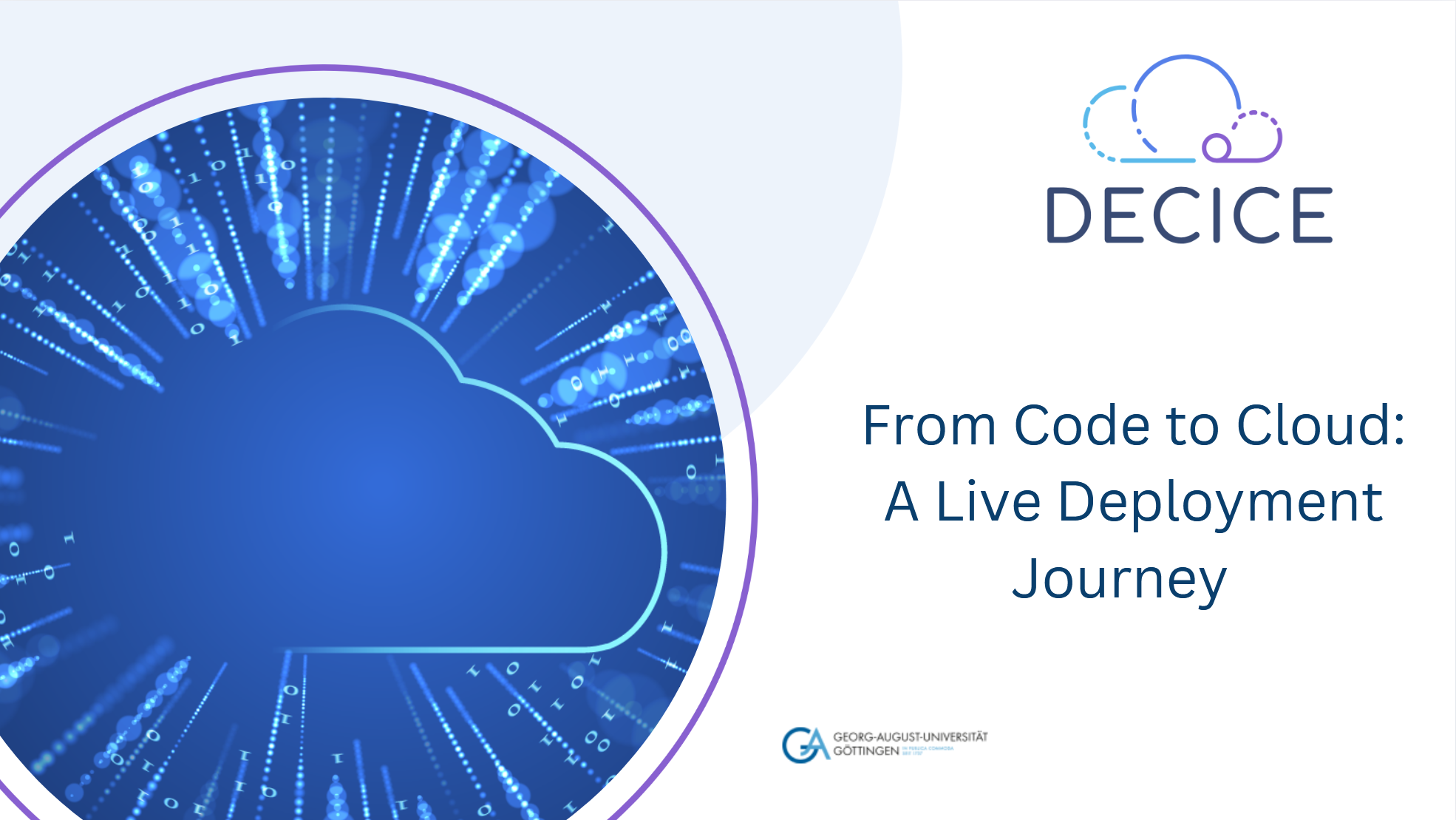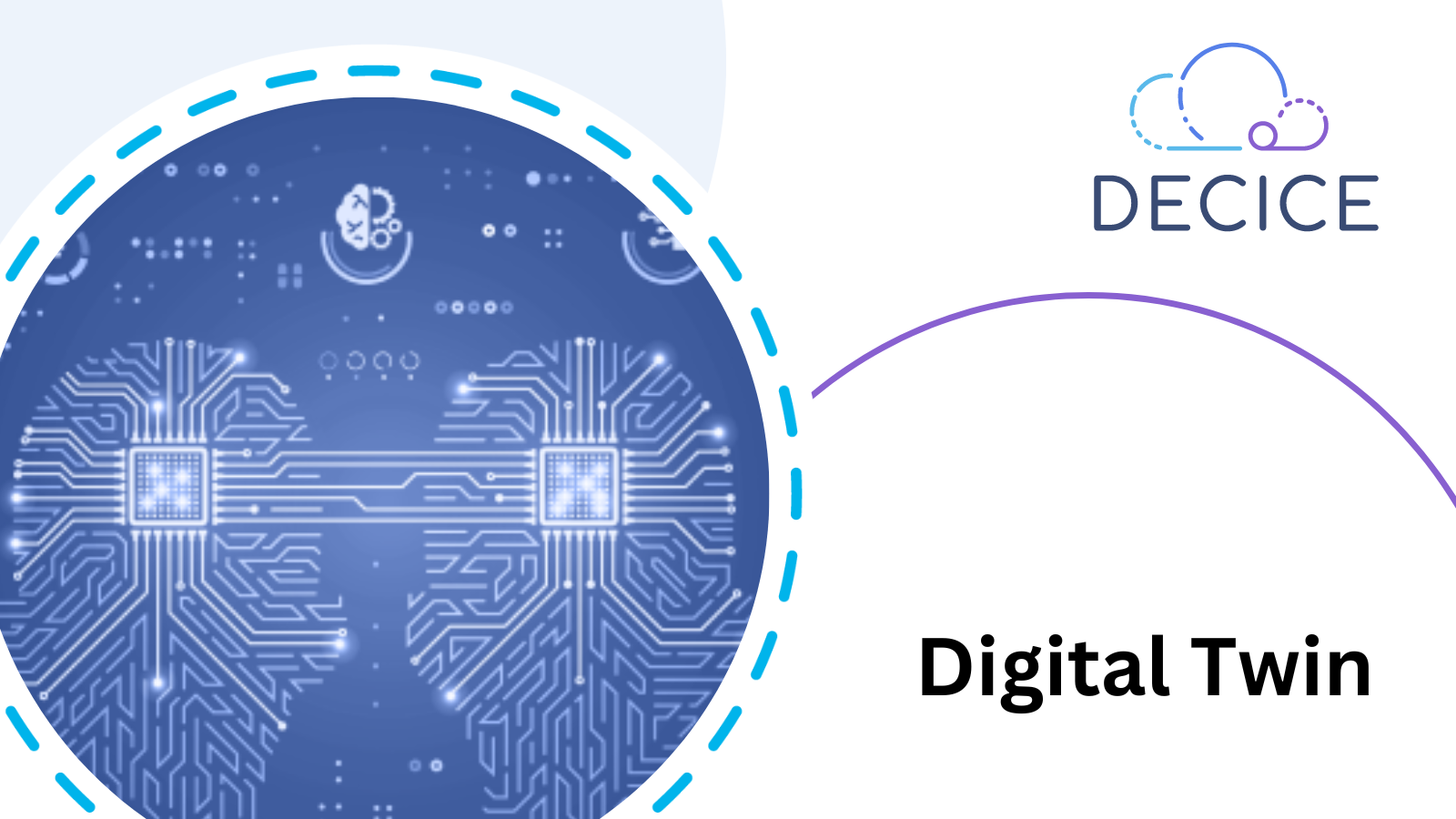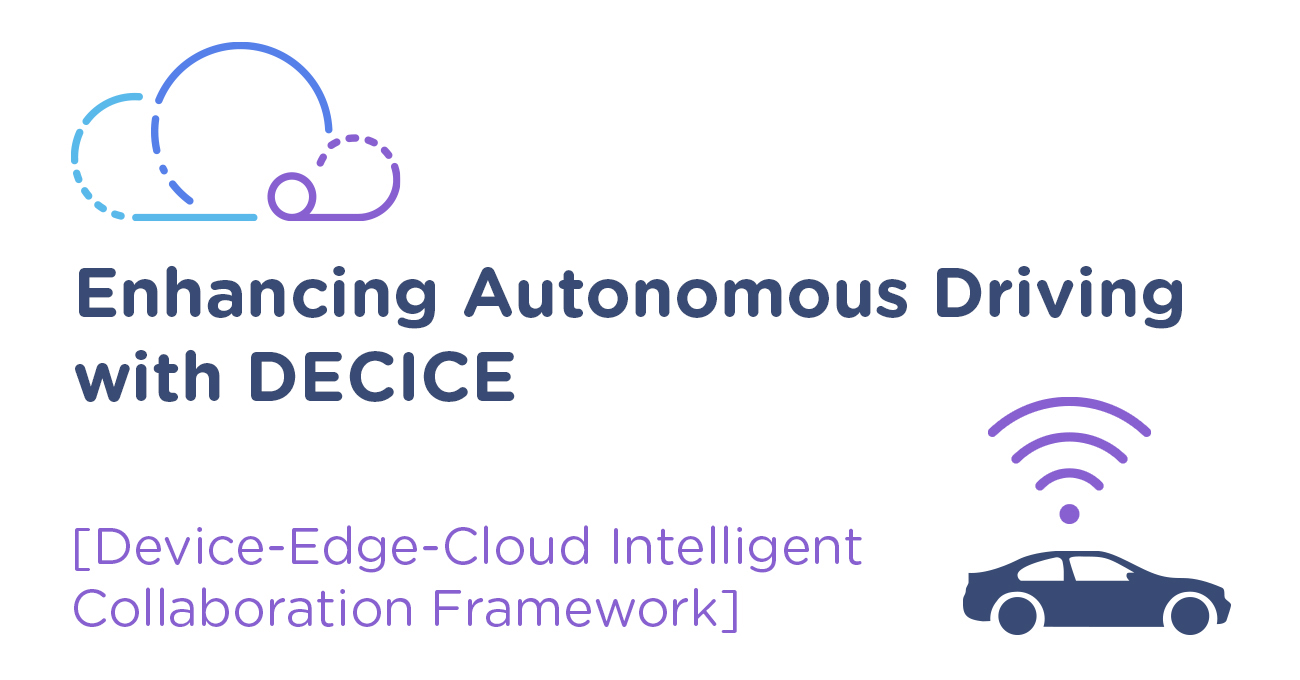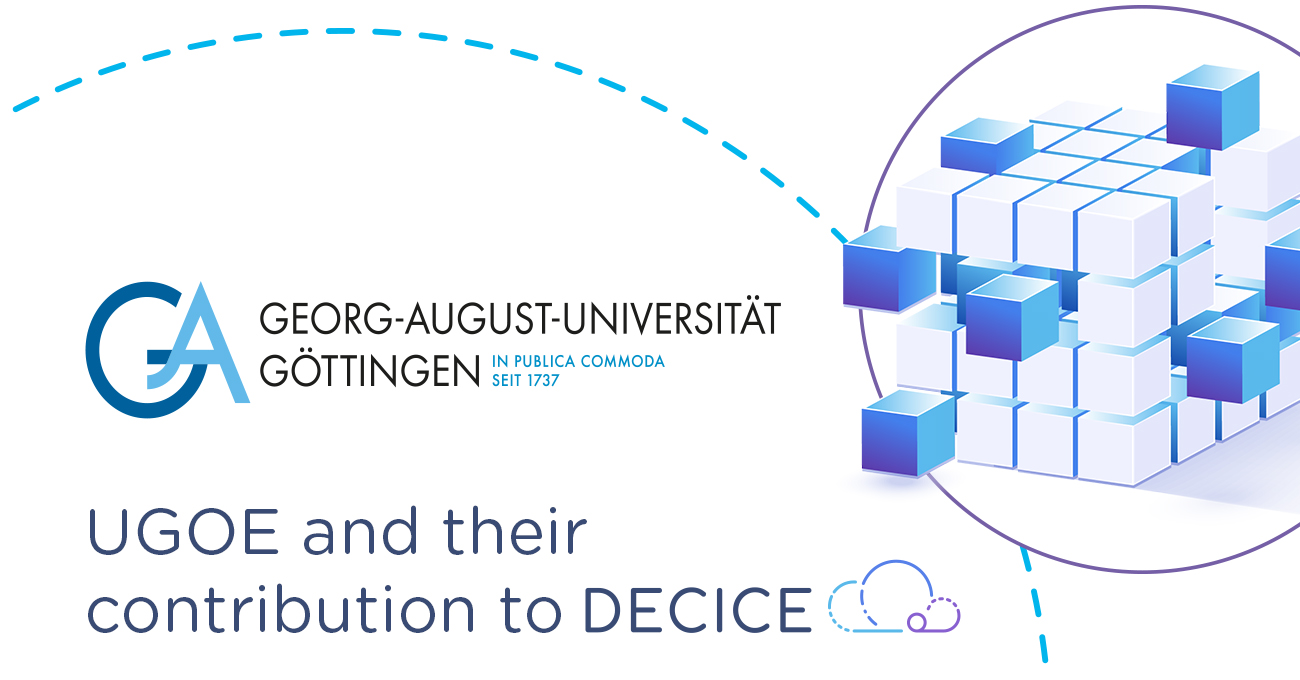
From Code to Cloud: A Live Deployment Journey
After months of development, testing, and fine-tuning, the moment has arrived—DECICE is going live. What started as an ambitious idea has now transformed into a fully functional software framework, ready for its first real-world deployment. This milestone isn’t just about flipping a switch; it’s the culmination of countless hours of coding, problem-solving, and collaboration. In this article, we take you behind the scenes of this live deployment, exploring the challenges, the excitement, and what this means for the future of DECICE.
After an intensive design and planning phase, the DECICE framework has gone through multiple iterations, with several prototypes developed for both the production framework and its accompanying virtual training environment. Along the way, the microservices architecture proved to be a powerful choice—allowing for the independent development and refinement of individual components. However, this approach also introduced the challenge of efficiently managing data flow across the network and framework.
Deploying to a live cloud environment introduces new variables, including networking complexity, load balancing, and real-time system performance. By leveraging Kubernetes, we aim to ensure that each microservice runs efficiently, scales appropriately, and communicates reliably within the framework. This stage of deployment serves as both a validation of our design choices and a learning opportunity for fine-tuning the system.
From Local to Cloud Deployment
While local deployments of the framework have already been successfully executed, the next critical step is transitioning to a cloud-based deployment on our DECICE cluster. This shift brings scalability, flexibility, and real-world testing opportunities. To achieve this, each component is containerized and orchestrated using Kubernetes, ensuring seamless coordination and resource allocation across the system.
Challenges and Opportunities
Deploying to a live cloud environment introduces new variables, including networking complexity, load balancing, and real-time system performance. By leveraging Kubernetes, we aim to ensure that each microservice runs efficiently, scales appropriately, and communicates reliably within the framework. This stage of deployment serves as both a validation of our design choices and a learning opportunity for fine-tuning the system.
What’s Next?
With the cloud deployment now underway, the next big milestone is testing the framework against our three key use cases in real-world conditions. Detecting the behavior of microservices and the communication between them plays a crucial role in maintaining the integrity of the live system. Previously, we successfully deployed and tested the MRI use case on the DECICE infrastructure, which provided valuable insights into the framework’s capabilities. Currently, we are working on a multi-cluster deployment scenario, where the input data is stored in a different cluster located at a remote site. By adopting this approach, we aim to demonstrate how the DECICE framework can facilitate secure data transfer and accelerate MRI image processing. This will not only allow us to showcase the framework’s benefits but also enable us to explore new opportunities for improvement, identify potential bottlenecks, and refine our framework to better meet the needs of real-world applications.
These tests will help evaluate the framework’s robustness, performance, and adaptability. Insights from this phase will drive refinements and enhancements, shaping the next steps in our development roadmap.
Author(s): Felix Stein, Mirac Aydin, Georg-August-Universität Göttingen Stiftung Öffentlichen Rechts


